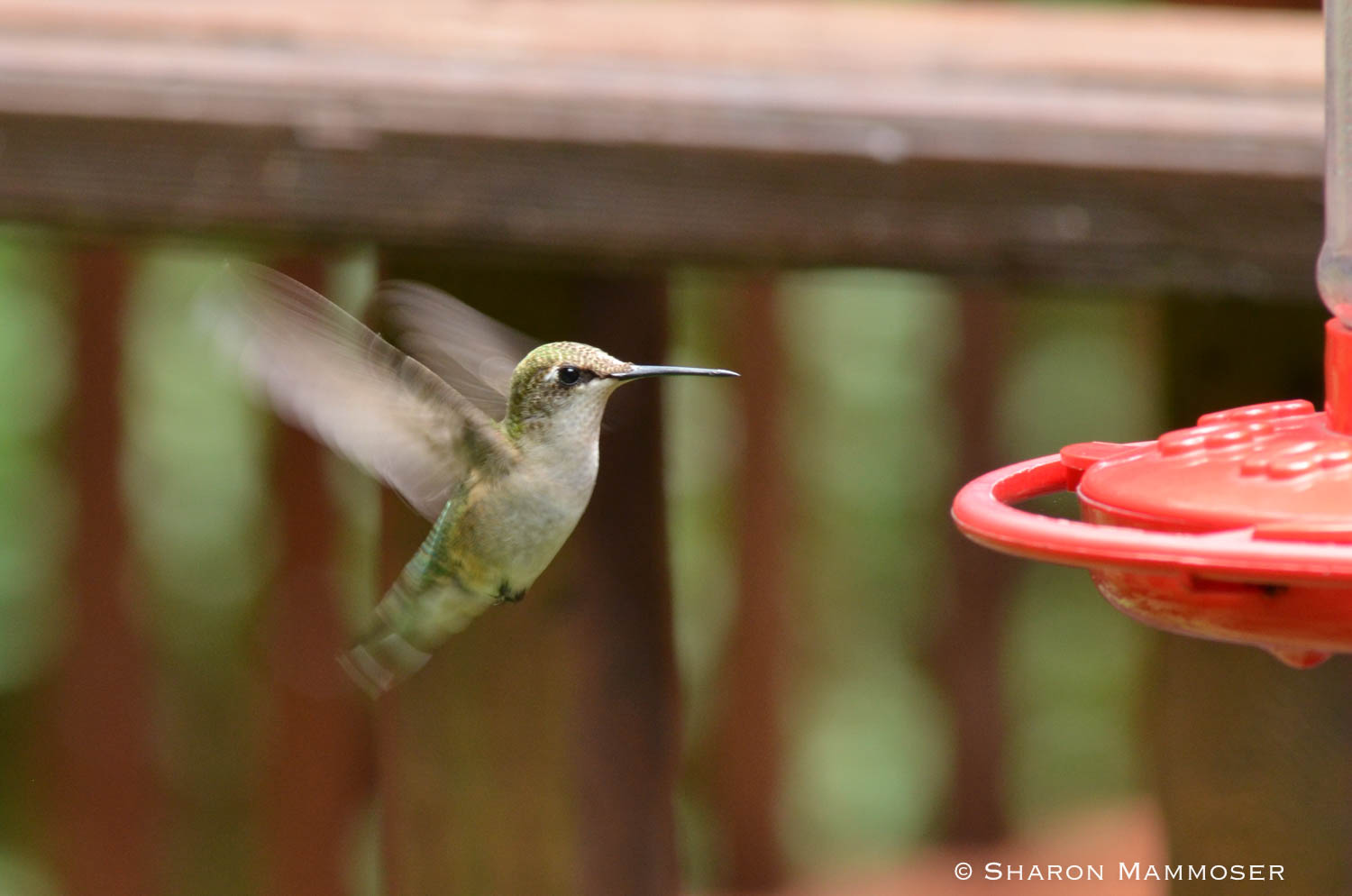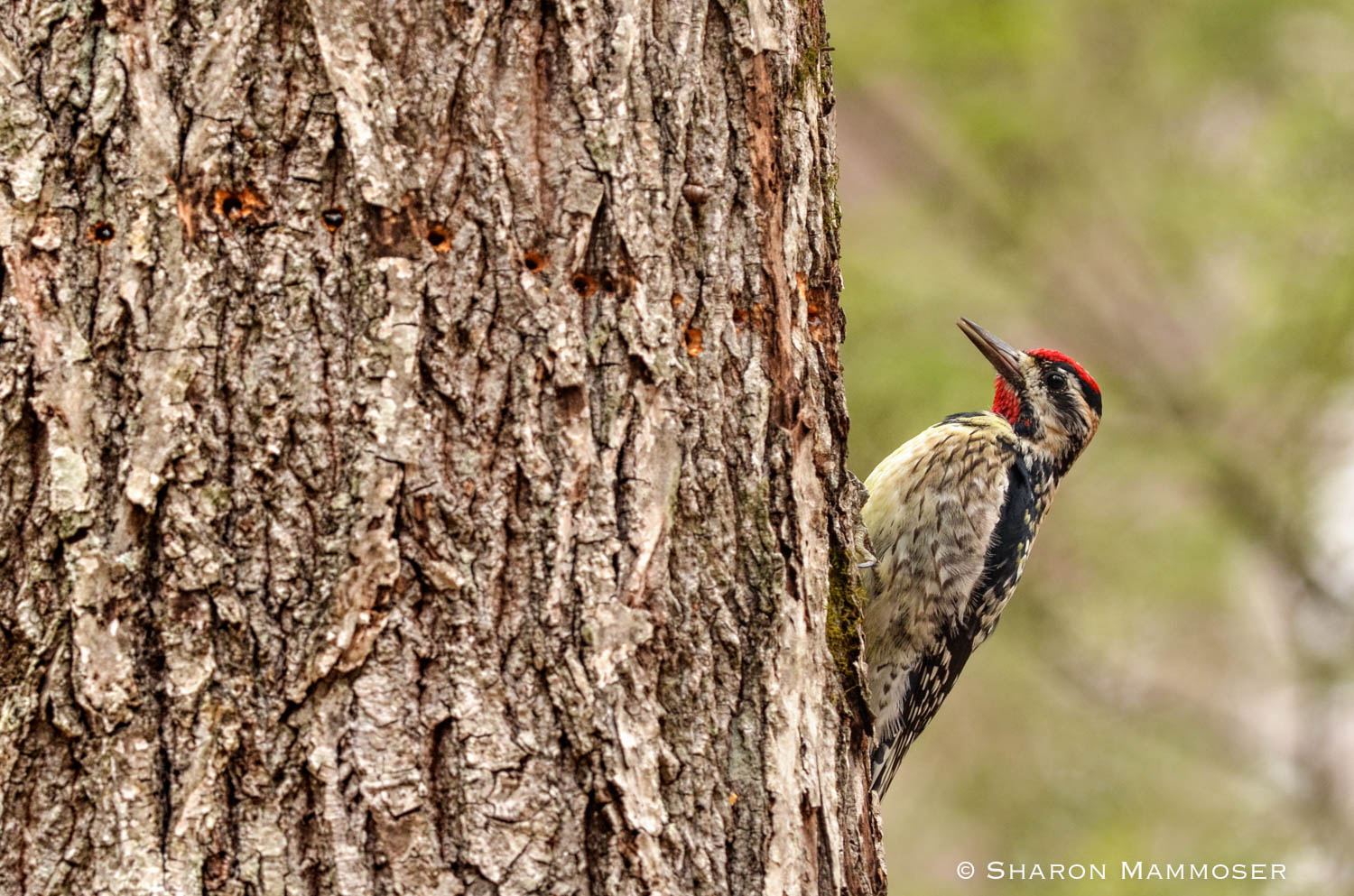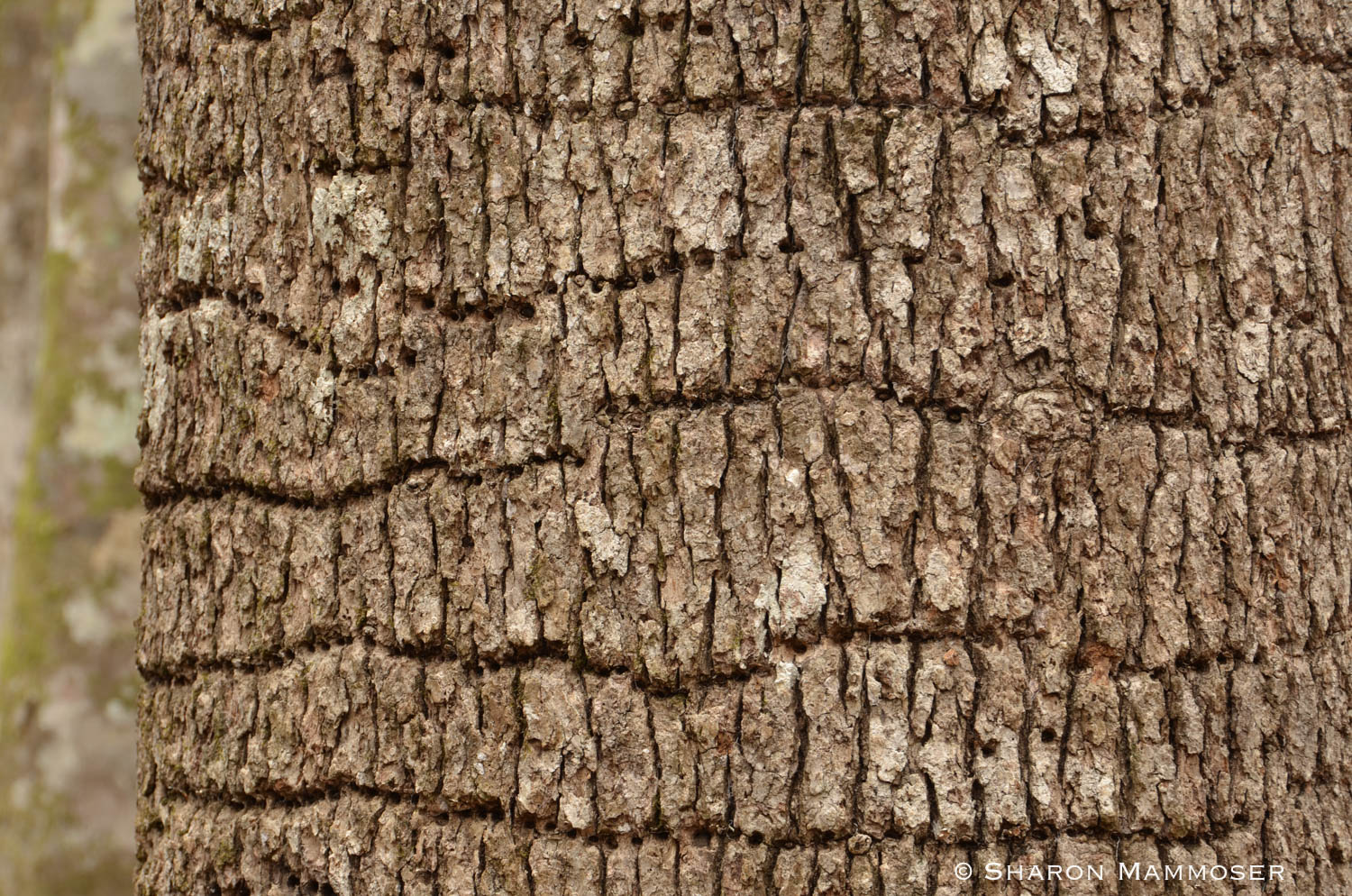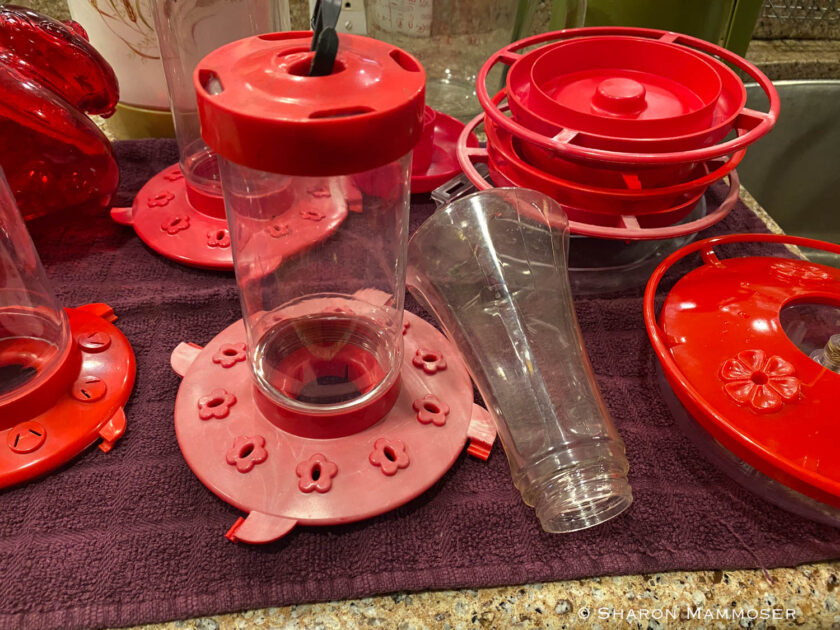When our hummingbirds leave in the fall I’m always sad to see them go. You probably know the feeling right? Looking out your windows and not seeing the tiny birds flitting around leaves a bit of an empty feeling. Though small, they are captivating and it’s easy to spend a lot of time watching and enjoying their presence. They bring me such joy! So when March rolls around and I dig out the dusty hummingbird feeders from the basement and make nectar for the first time, it’s always with a sweet feeling of anticipation, excited to see “my” old friends again.
Did you know our ruby-throated hummingbirds are already on their way north? Most spend the winter in Mexico and Central America but leave in late February, gradually making their way north to Texas, Louisiana and along the Gulf Coast. Some fly straight across the Gulf of Mexico–a journey of over 500 miles! while others skirt the edge. Those that fly across the Gulf will take 18-20 hours to do so–an amazing feat when you consider that the bird weighs less than a nickel! Regardless of their route, the journey is fraught with obstacles and challenging conditions including storms, cold temperatures, rain, hail, snow, difficulty finding nectar sources, buildings, predators and many more.

Here in western NC I have been keeping records of the arrival date of the first hummingbird in spring since 2012. At my house in the woods, I’ve seen the first hummingbird anywhere from April 1- April 16. During this time I’m always on high alert, spending considerable time looking out the windows and watching the feeders. Most of the time it’s their namesake hum that alerts me to their presence first. Did you know that ruby-throated hummingbirds beat their wings 50 times per second? No wonder we can hear them whizzing by!


Their presence often coincides with the arrival of another bird– the yellow bellied sapsucker. This woodpecker drills wells in trees, usually in a regular pattern of small holes in perfect rows with a small space between them. Sap moving in the tree trunk flows out these holes, and small insects sometimes get caught in the sticky sap. Though the woodpecker creates them, the hummingbirds will use these wells too, even following the sapsuckers and dining when the woodpecker leaves to check the wells at another tree. They will drink the sap and eat the insects that become caught. In early spring when few nectar sources can be found, this provides a much-needed food supply to the hungry birds.
If you want the birds to stay and nest in your yard, having your feeders out early is essential. (I’ll have mine out by March 23rd. ) It’s the males who arrive first. If they don’t find suitable habitat they may just keep on going.

As I’ve written about in the past, the best hummingbird feeders are ones that come completely apart for easy cleaning. Another feature that’s important are feeders with no yellow since yellow tends to attract bees, and wasps like yellow jackets. It’s super easy to make your own nectar— just add one cup of granulated white sugar to four cups of hot water. (Please never use raw sugar, honey or other sweeteners) It is not necessary to boil the water, though doing so doesn’t hurt anything. Store the nectar in a pitcher in the fridge and remember to clean and refill your feeders regularly to keep “your” birds healthy.
Happy hummingbird watching!


